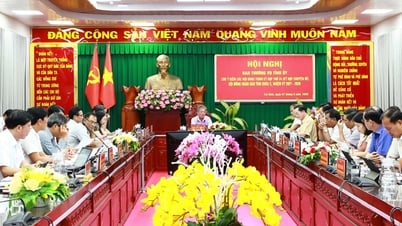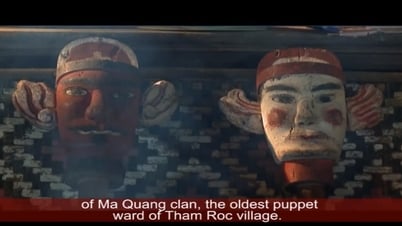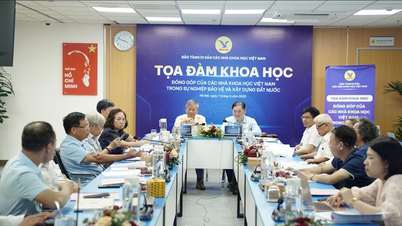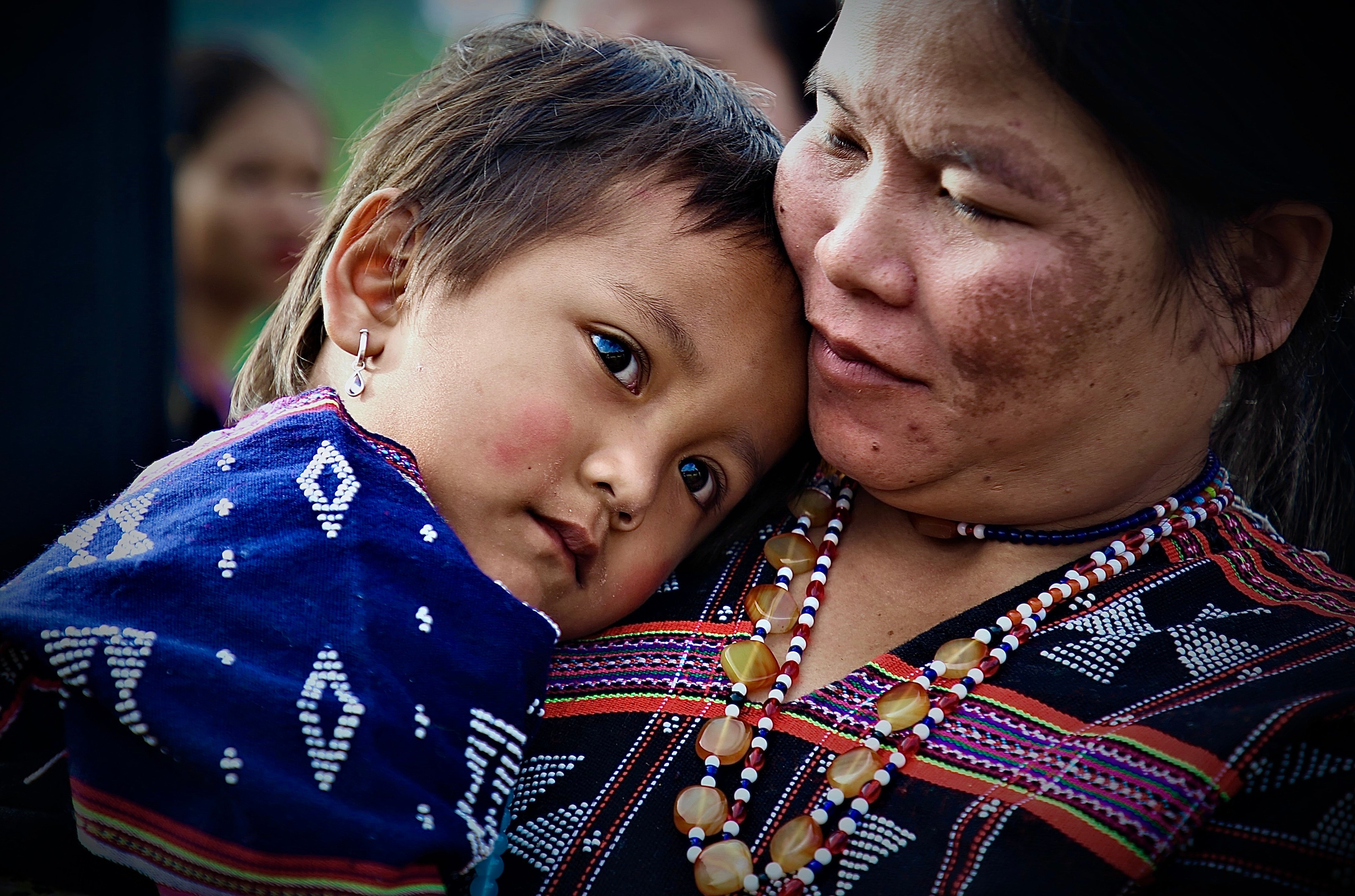During the Hung King - An Duong Vuong period, Quang Tri land was in Viet Thuong department and when it belonged to Han, it was in Nhat Nam district.

From the 4th to the 10th century, this whole area was the districts: Ma Linh, Dia Ly, O, Ly. In the 11th century, Dia Ly was renamed Lam Binh, Ma Linh was renamed Minh Linh. In 1307, O and Ly were renamed Thuan Hoa. In 1375, Tran Due Tong ordered Lam Binh to be changed to Tan Binh district. In 1400, Ho Quy Ly changed Tan Binh to Tay Binh. In 1411, under the Ming Dynasty, Tay Binh was renamed Tan Binh, including 37 communes, 2,132 households and 4,738 people, while Thuan Hoa district had 79 communes, 1,470 households and 5,662 people. During the reign of Le Thanh Tong, the 7th year of Quang Thuan (1466), the locality was located in Thuan Hoa Governorate, the 21st year of Hong Duc (1490) determined the map of the world, Thuan Hoa Governorate had two prefectures: Tan Binh prefecture included 2 districts, 2 states (of which Minh Linh prefecture had 8 cantons and 63 communes), Trieu Phong prefecture included 6 districts, 2 states (of which Hai Lang district had 7 cantons and 75 communes, Vu Xuong district had 8 cantons and 53 communes, Sa Boi prefecture had 10 cantons and 68 communes, Thuan Binh prefecture had 6 cantons and 26 communes).
In 1558, Nguyen Hoang was sent to guard Thuan Hoa, setting up his headquarters in Go Phu Sa, Ai Tu commune, Vu Xuong district. From here, Thuan Hoa belonged to the territory of Dang Trong of the Nguyen lords. The Trinh-Nguyen conflict throughout the 17th and 18th centuries divided this area into Dang Trong. With the need to quickly consolidate and expand their power, the Nguyen lords applied more positive socio -economic policies than the feudal group of Dang Ngoai. They allowed many foreigners to immigrate to Dang Trong, especially the Chinese after the Manchus unified China (1644). A series of Chinese settlements with their lifestyle and ways of doing business enriched and diversified the cultural and economic activities of Dang Trong. In 1801, after regaining power, Nguyen Anh established Quang Tri palace including the lands of Hai Lang, Dang Xuong (formerly Vu Xuong), Minh Linh districts and the newly established Cam Lo region. In 1806, Quang Tri became a direct administrative district directly under the Hue capital. In 1822, Huong Hoa district was placed under Cam Lo province. In 1827, Quang Tri was changed to a town, no longer a direct administrative district, and 9 districts were placed under Cam Lo province. In 1830, Trieu Phong was assigned to the prefecture to concurrently manage Minh Linh, and to govern Dang Xuong and Hai Lang. In 1832, Quang Tri town was changed to a province, Cam Lo province was changed to a prefecture, and the prefect here was assigned to concurrently manage Huong Hoa district and to govern 9 districts. In 1836, Dia Linh district was established and Trieu Phong prefecture was assigned to concurrently manage Dang Xuong, and to govern 3 districts Dia Linh, Minh Linh, and Hai Lang. In 1850, Huong Hoa was changed to Thanh Hoa. In 1853, Quang Tri province was merged with Thua Thien prefecture to form Quang Tri province. In 1876, Quang Tri province was re-established, including 2 prefectures Trieu Phong, Cam Lo and 4 districts. Dang Xuong district was changed to Thuan Xuong. Dia Linh district was changed to Gio Linh. Minh Linh district was changed to Chieu Linh, Hai Lang district kept its old name. On May 3, 1890, the Governor-General of Indochina issued a decree to merge Quang Tri with Quang Binh province to form Binh Tri province, under the authority of the Resident of Dong Hoi. On January 23, 1896, the Governor-General of Indochina issued a decree to withdraw Quang Tri from the territory under the authority of the Resident of Dong Hoi, together with Thua Thien under the authority of the Resident of Central Vietnam, and appointed a deputy resident to represent the Resident in Quang Tri. In 1900, the Governor-General of Indochina issued a decree to separate Quang Tri from Thua Thien, establishing a separate province consisting of 4 prefectures: Trieu Phong (former Thuan Xuong district), Hai Lang prefecture, Vinh Linh prefecture (former Chieu Linh district), Cam Lo prefecture and Gio Linh district. On February 17, 1906, the Governor-General of Indochina issued a decree to establish Quang Tri town, allowing it to collect some taxes within the territory and pay them into the provincial budget. In 1908, Cam Lo prefecture separated 3 Kinh communes to form Cam Lo district and 9 ethnic minority communes to form Huong Hoa district. On March 11, 1914, King Duy Tan issued an edict and on February 18, 1916, the Governor-General of Indochina issued a decree approving Quang Tri town to have its own revenue and budget. On September 5, 1929, the Resident of Central Vietnam issued a decree to establish Dong Ha town under Trieu Phong prefecture.
The August Revolution of 1945 succeeded, the administrative units at the prefecture level were changed to district level, the administrative units at the canton level were abolished, and the commune level was established. At the end of July 1954, according to the Geneva Agreement, the Hien Luong River was chosen as the temporary military demarcation line dividing Quang Tri province in two. The majority of districts, towns, townships and some villages and communes of Vinh Linh in the south of the demarcation line belonged to Quang Tri province and were managed by the Southern government. More than three-quarters of Vinh Linh district located in the north of the demarcation line was managed by the Democratic Republic of Vietnam and decided to establish the Vinh Linh special zone directly under the central government.
After the country's reunification in 1976, four administrative units of Quang Binh, Quang Tri, Thua Thien and Vinh Linh area were merged into Binh Tri Thien province, merging districts (old Quang Tri province had 4 districts and towns: Trieu-Hai, Ben-Hai, Huong-Hoa, Dong Ha town).
In July 1989, Quang Tri province was re-established, with its capital in Dong Ha town. The whole province consists of 2 towns, 6 districts with 136 communes, wards and towns.
Quang Tri has undergone many changes in administrative geography, but the place names Trieu Phong, Hai Lang, Vinh Linh, Gio Linh, Cam Lo, Huong Hoa, Dong Ha... still live on, still echoing into the future.
Source: Excerpted from History of Quang Tri Party Committee, volume 1 (1930-1954)
Provincial Information Portal




















































































![[OCOP REVIEW] Tu Duyen Syrup - The essence of herbs from the mountains and forests of Nhu Thanh](https://vphoto.vietnam.vn/thumb/402x226/vietnam/resource/IMAGE/2025/6/5/58ca32fce4ec44039e444fbfae7e75ec)







Comment (0)